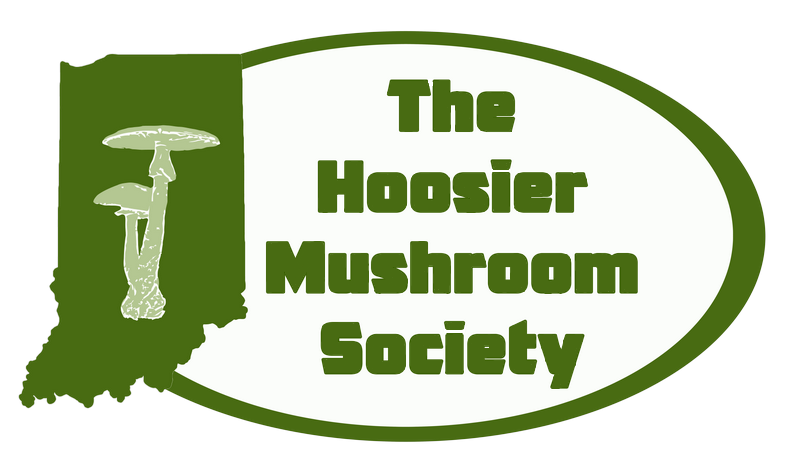-
Posts
219 -
Joined
-
Last visited
-
Days Won
47

Bruce replied to KnnthEgnGrdznsk's topic in Identification Discussion


Bruce replied to David Dickenson's topic in Identification Discussion

Tagged with:

Bruce replied to framergirl72's topic in Identification Discussion

